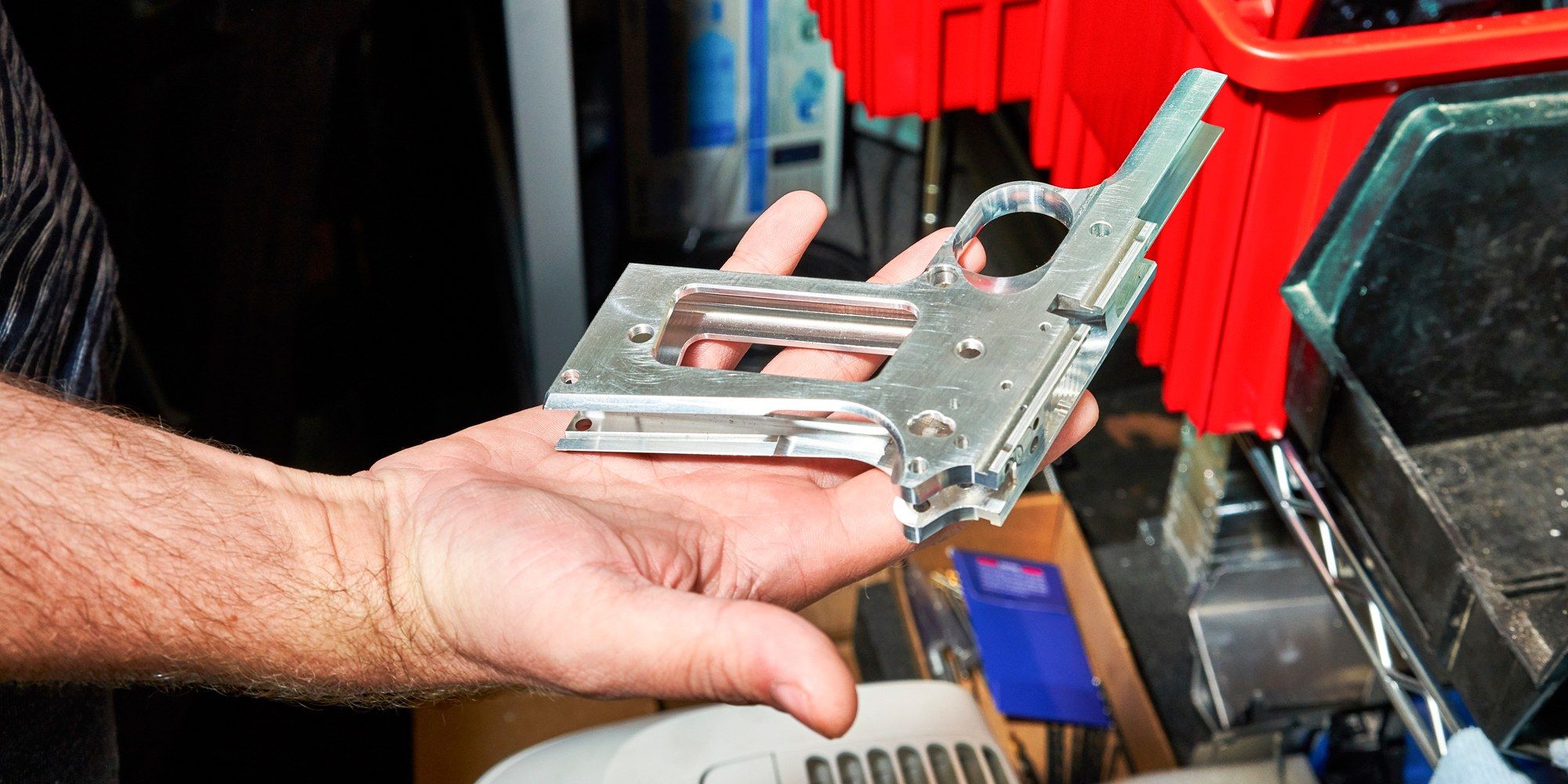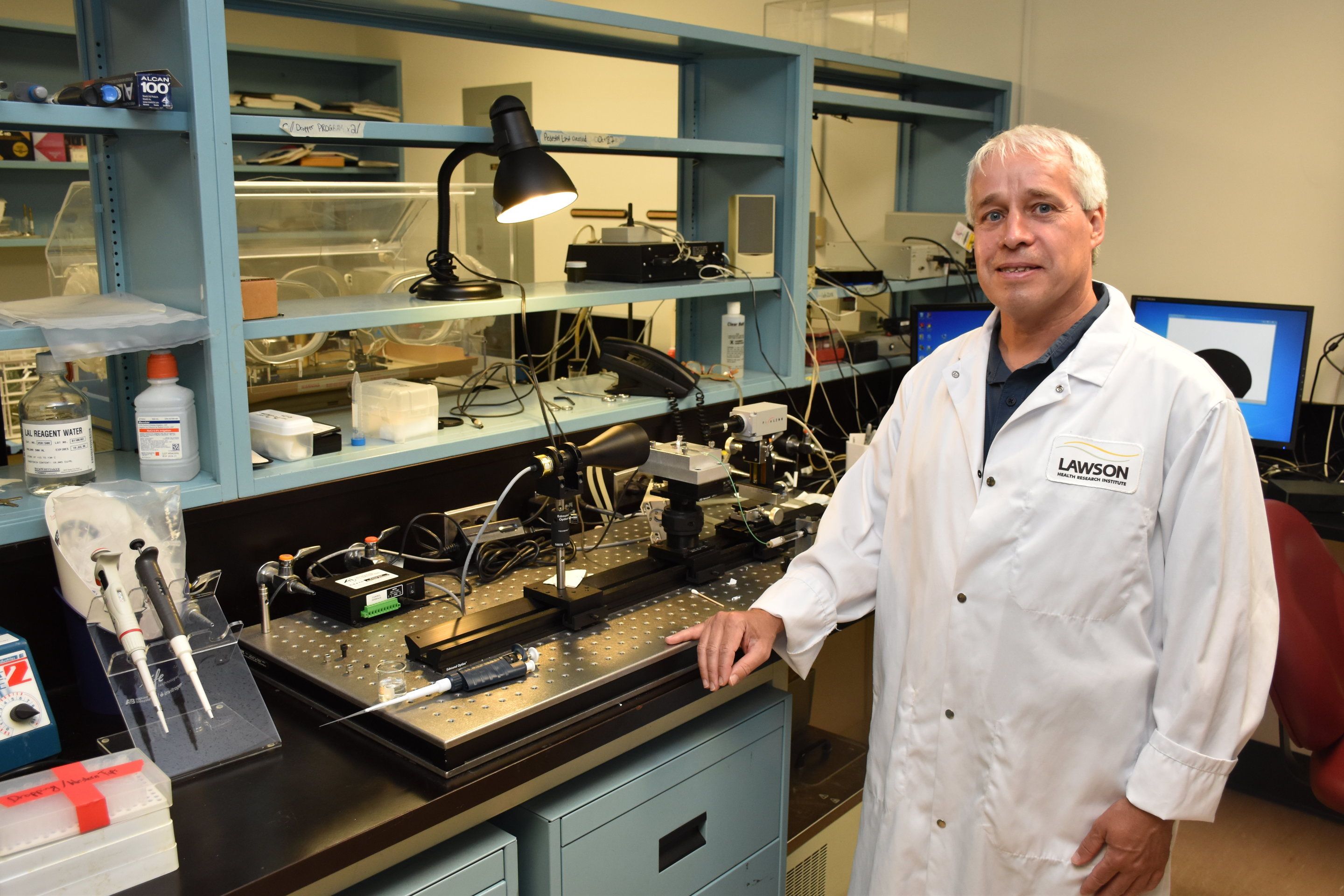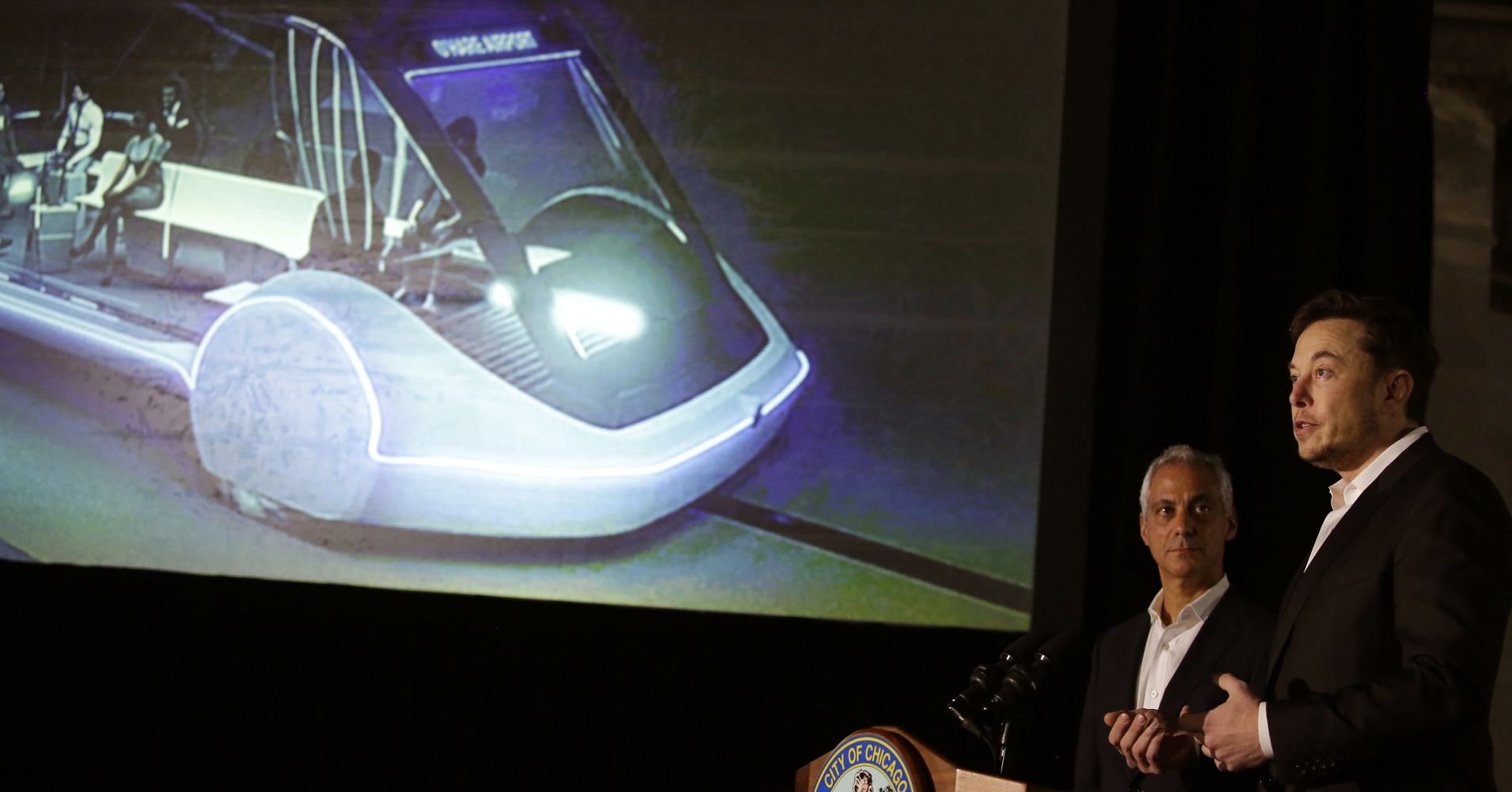Page 10014
Jul 15, 2018
A ‘super telescope’ has captured an astounding image of the massive black hole at the centre of our galaxy
Posted by Genevieve Klien in category: cosmology
An astounding image of the massive black hole at the centre of the Milky Way has been captured by a super telescope in South Africa.
The clearest image yet of the centre of the Milky Way galaxy has been released from South Africa’s shiny new radio telescope, MeerKAT.
This $330 million (R4.4 billion) 64-dish radio telescope will listen to the relatively weak signals from space to help scientists understand what is going on in the far reaches of the universe. It will eventually become part of the Square Kilometre Array (SKA) which will be 50 to 100 times more sensitive than any other radio telescope on earth.
Jul 15, 2018
Artificial Intelligence And Prosthetics Join Forces To Create New Generation Bionic Hand
Posted by Dan Kummer in categories: biotech/medical, cyborgs, robotics/AI, transhumanism
“Our main goal is to let patients control them as naturally as though they were their biological limbs,” says Professor Dario Farina from Imperial College.
A team of scientists from Imperial College London and the University of Göttingen have teamed up to create a ‘next generation’ bionic hand. This bionic hand is special because it uses artificial intelligence to improve its functionality.
On this day: 15 July 1799, as French soldiers were strengthening the defences of Fort Julien, just north-east of the Egyptian port of Rosetta (Rashid), Lt Pierre-François Bouchard spotted a slab of stone with inscriptions on one side that his soldiers had uncovered. This slab was named the Rosetta Stone, and a few hundred years later, the name would be carried by ESA’s Rosetta Mission, hoping to unlock the secrets of a comet… More at http://www.britishmuseum.org/research/collection_online/coll…1&partId=1
Jul 15, 2018
All Ears: Always-On Listening Devices Could Soon Be Everywhere
Posted by Dan Kummer in category: robotics/AI
Kind of think it would be a dumb idea to try and make every separate device smart. Focus on an AI assistant for the house that can manage all of the devices.
Tiny microphones are moving us toward a world in which all gadgets can respond to a voice command. For those worried about privacy: meet a $200 trash can.
Jul 15, 2018
A Landmark Legal Shift Opens Pandora’s Box for DIY Guns
Posted by Derick Lee in categories: 3D printing, government, law
Defense Distributed, the anarchist gun group known for its 3D printed and milled “ghost guns,” has settled a case with the federal government allowing it to upload technical data on nearly any commercially available firearm. Read the full story on WIRED: https://wired.trib.al/sSDiBFv
Jul 14, 2018
How Nantes team’s 3D printing may alter shape of homes to come
Posted by Saúl Morales Rodriguéz in categories: 3D printing, habitats, robotics/AI

For some months now, a 3D printed house in Nantes has drawn lots of attention, not just because a printer was involved but also because it went up from start to finish so quickly (54 hours to print, then add some more time for the windows and roof). Interesting Engineering said it took some more time to add the roof, windows and doors.
A robot printer was used to print layers from the floor upwards to form the walls, and videos show a beautiful result of five rooms with rounded walls.
Continue reading “How Nantes team’s 3D printing may alter shape of homes to come” »
Jul 14, 2018
Synthetic surfactant could ease breathing for patients with lung disease and injury
Posted by Saúl Morales Rodriguéz in categories: biotech/medical, health
Human lungs are coated with a substance called surfactant which allows us to breathe easily. When lung surfactant is missing or depleted, which can happen with premature birth or lung injury, breathing becomes difficult. In a collaborative study between Lawson Health Research Institute and Stanford University, scientists have developed and tested a new synthetic surfactant that could lead to improved treatments for lung disease and injury.
Lung surfactant is made up of lipids and proteins which help lower tension on the lung’s surface, reducing the amount of effort needed to take a breath. The proteins, called surfactant-associated proteins, are very difficult to create in a laboratory and so the surfactant most commonly used in medicine is obtained from animal lungs.
London, Ontario has a rich legacy in surfactant research and innovation. Dr. Fred Possmayer, a scientist at Lawson and Western University, pioneered the technique used to purify and sterilize lung surfactant extracted from cows. Called bovine lipid extract surfactant (BLES), the therapeutic is made in London, Ontario and used by nearly all neonatal intensive care units in Canada to treat premature babies with respiratory distress.
Jul 14, 2018
Elon Musk has a new interest group that could be added to his list of enemies: Cabbies
Posted by Dan Kummer in categories: Elon Musk, transportation
A nightmare on the roads here. And, proof that anyone who tries to make it better will be seen as a bad guy.
Elon Musk’s ambitions often come under attack from entrenched interest groups. Now Musk’s Boring Company has a deal with Chicago to build a high-speed tunnel train to O’Hare Airport. Cabdrivers, already stinging from Uber and Lyft, could become the next “unfriendly” force for the billionaire entrepreneur.
















